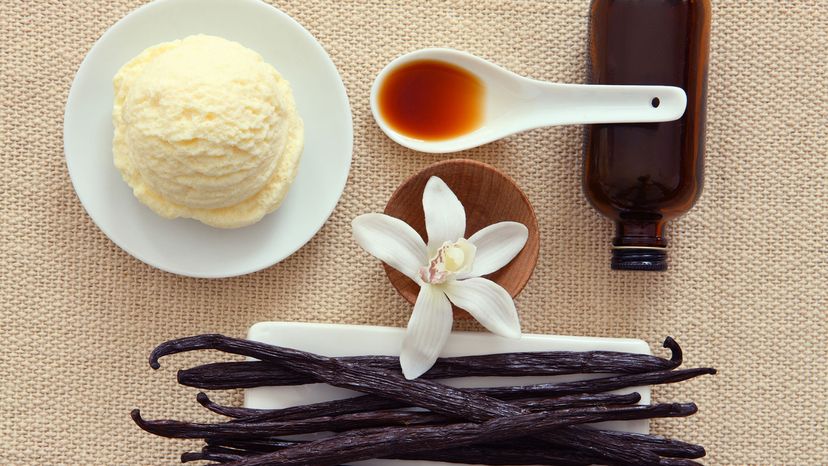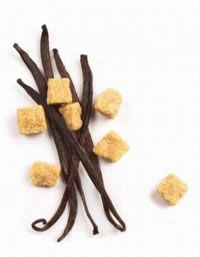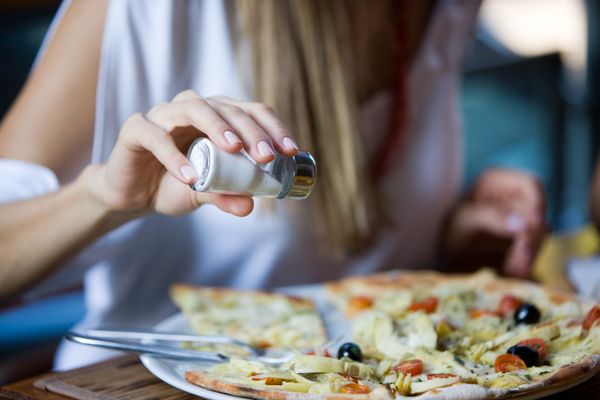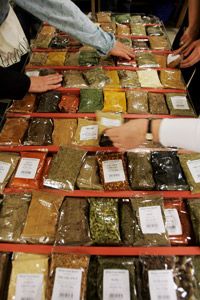The other major contribution to sky-high vanilla prices is the fact that the plant is just so difficult to grow. "Vanilla comes from an orchid plant. While there are 100+ varieties of orchids, only one, the vanilla planifolia, grows vanilla beans," says Jessica Formicola, owner at Savory Experiments in an email interview. "Orchids are finicky plants and hard to keep alive. Orchid flowers are hand-pollinated during a short flowering period," she adds.
The hand-pollination process is difficult and requires an experienced person to perform it successfully. Typically, it's done by farmers who've been in the vanilla-growing game for generations. The process doesn't end once the beans are harvested either. The crop must be cured and dried, and so from beginning to end (growth to export) the process takes a solid year.
"Vanilla is the most labor-intensive crop in the world which is why it's only second in price to saffron," explains "Vanilla Queen" Patricia Rain, culinary historian, and owner of The Vanilla Company. She notes that the orchids flower just once a year and the hand pollination must take place on that day.
Ironically, many farmers had moved away from growing the labor-intensive vanilla before the 2017 Cyclone Enawo made landfall, because of low prices for the product. At the same time, consumer interest in "real vanilla" had started to increase, further exacerbating the supply problem.



